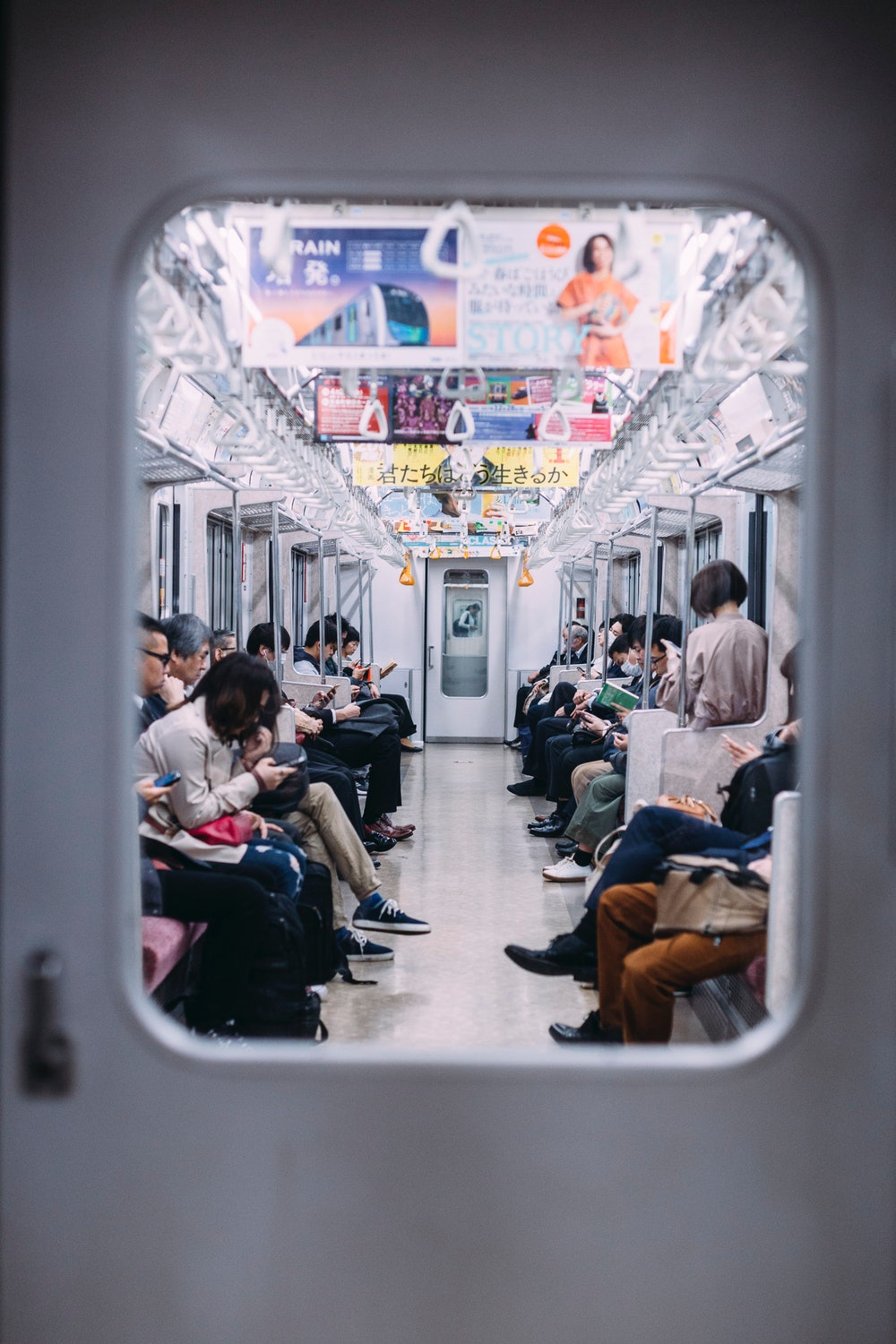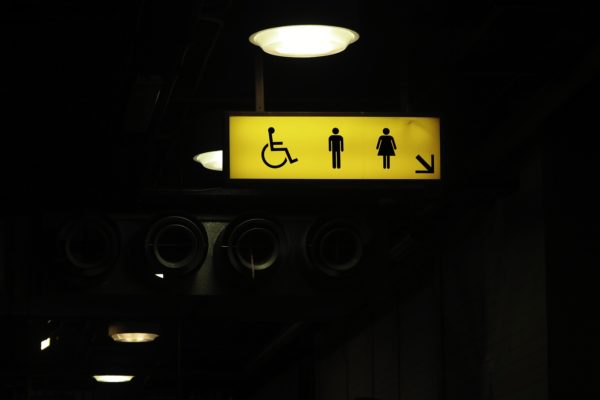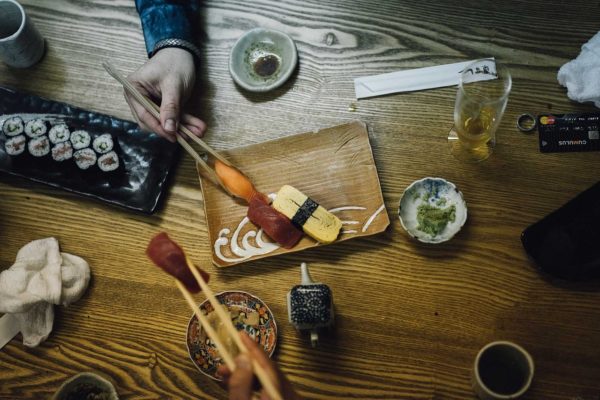Japan’s public transportation network is world-renowned for its punctuality and efficiency. Its trains are very rarely late, with an annual average delay of only 0.9 minutes per operational train. It extends throughout the country, from east to west, and north to south, and is a great way to explore a lot of Japan’s best tourist sites and attractions.
If it is your first time to travel to Japan, it is recommended that you learn some common Japanese public transportation etiquette. You do not want to be that ignorant foreigner who inconveniences and is rude to the other commuters around you.

Entering and exiting train stations
Have your ticket or IC card ready before heading to the ticket gates. Do not just stop right in front of a turnstile, and then start digging into your bag or purse searching for it. You are blocking the people behind you that may be in a hurry to catch the next departing train. Before reaching the ticket gates, keep your ticket or IC card in your hand or pocket for easy access.
Searching for the right platform
In Tokyo, Osaka, Kyoto, and other big cities, train and bus stations can be quite confusing to navigate. Fortunately, there are signs with English translations everywhere that can point you to the correct train or bus track or platform.
If you need to stop and look at a map or your phone for directions, step aside, and stand close to a wall, column, or board. Do not stand in the middle of the road, pathways, or corridors, as doing so just disrupts the flow of human traffic on their way to the exits, or tracks and platforms.
Queuing
Japan has a major queuing culture.
At bus stations, check where the end of the line is and wait there. Do not cut the line. Do not even pretend to not be aware that there is a line. If you see people standing at a bus stop, they are very likely to be waiting for the bus to arrive. Once the bus pulls in, wait for everyone else who were there before you to board the bus. Learn to wait for your turn. Do not push or shove.
At train stations, do pretty much the same thing — fall in line, and wait like everybody else. Once the train arrives, give way to the passengers getting off the train. Do not try to squeeze your way through and on to the train even before every single one has disembarked. Let the people in front of you board first to not cause chaos.
During rush hours, crowds at the major subway and metro stations in Tokyo, Kyoto, Osaka, and other urban areas can be overwhelming. If you find yourself in this situation, remain calm and be patient. It also helps if you have a flexible schedule. These commuter trains often come and go every few minutes, so you can always hop on to the next train if you miss the last one due to it being already full and packed.
Finding a seat
Buses
City buses offer free-seating, so you can occupy any seat as long as it is not taken or not marked as a priority seat for elders, pregnant, and injured individuals. If all seats are already occupied, you can stand on the aisle and hold on to the handrails or handholds for support.
Highway buses, meanwhile, usually have reserved seating. Your seat number should be indicated on your ticket.
Metro, subway, and other commuter trains
Commuter trains in Japan operate within a city or its suburbs, and usually have bench-style seats along the walls and facing each other. If all seats are taken, you can just stand in the middle or by the doors and hold on to the poles or handholds. They also frequently have priority seating for the elderly, injured, and pregnant people.
Shinkansen
When travelling on the Shinkansen, check if your ticket is valid on a reserved car or a non-reserved car.
If you have a reserved ticket, find your correct seat by confirming the car number, seat row, and seat number printed on the stub. There are train employees that make the rounds once the train leaves, validating passenger tickets to ensure that everyone is seated where they are supposed to sit. If you accidentally occupied the wrong seat, you will be instructed to go to the right one. If you have a non-reserved ticket, you will be asked to transfer to the non-reserved car.
If you have a non-reserved ticket, make sure that you get on a non-reserved car and occupy an empty seat.
Storing your bags and luggage
Japanese commuter trains, buses, and Shinkansen commonly have overhead luggage racks where you can store your backpack and other bulky items. If you want quick access to your belongings while on transit, place them on your lap or the floor close to your feet instead. Do not place your bags and other possessions on a seat next to you, as it should be available for the other passengers to sit on.
Eating
Eating is a big no-no on the subway and metro trains, but is acceptable on the Shinkansen, highway buses, and other transports travelling longer distances. Make sure to dispose of your trash properly after eating. Do not just leave empty bottles, food wrappers, and other trash on your seat.
Making phone calls
Put your phone on silent or vibrate when commuting. Avoid making calls, if you can. On subways and buses, talking on the phone is frowned upon. Your fellow passengers will not enjoy having to listen to you chatter, especially that you are so close to each other in such a very small space that even the softest sounds can easily be heard.
On the Shinkansen, it is common practice to walk to the area by the train doors or toilets if you need to talk to the phone. That way, the other passengers are spared from the noise and get to enjoy a quiet trip.
Talking
Once you are on a train in Japan, you will notice that the Japanese generally do not engage in loud conversations. As a foreigner, it is advised to follow what the locals do, and wait until you get off the train to talk to your companions. If you really have to talk, keep your voice volumes to a minimum.



